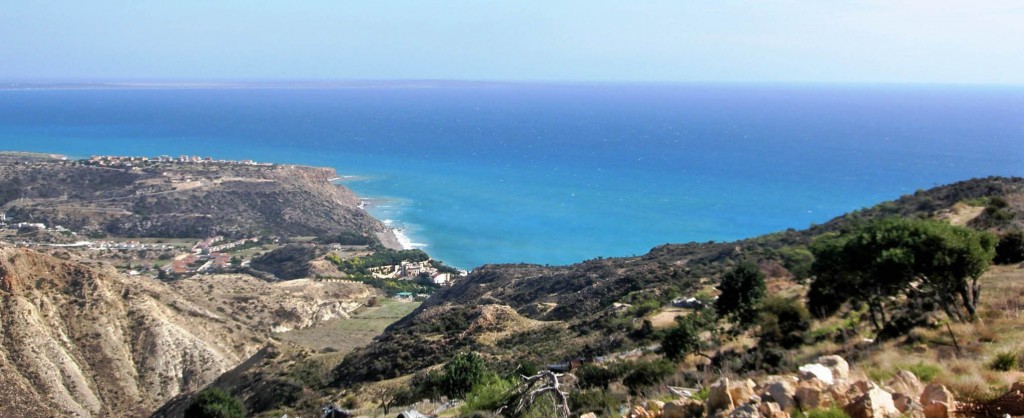From Pissouri, up to the monolith stones in Anogyra
On a beautiful spring day, when the island is not yet covered by the debilitating heat, we travel to historical sites and places in Cyprus, surrounded by myths and legends. We begin our journey from the ancient village of Pissouri, which is mentioned by the famous Greek geographer and traveler Strabo (about 64 BC – 19 AD).
The fascination of the medieval antiquities
In the Middle Ages, Pissouri village was a royal property, where they cultivated “royal nuts” – almonds, carobs, excellent olives, fruit and grapes, intended for the production of raisins. Inns described in the reports of travelers, had closed long time before, but on the high hills of the tiny village a great number of houses appeared, looking like matchboxes from a distance.
Note that the village of Pissouri is located 10 km from the famous “birthplace of Aphrodite” (in the direction of Limassol).
So, we are headed to the village to admire the cozy little houses and take a walk through the narrow village streets. The name of the village welcoming us comes from the word “pissurka”, which translated from the Cypriot dialect and means “in the shadow”. And it seems to be true: a picturesque village hidden in the shade of tall hills so reliable that in ancient times, during the period of frequent conquests and attacks of the island from the sea, it could not be seen.
Although modern villas have been built (most of them are closer to the coast), the village was able to preserve the unique charm and appeal of antiquity. Here are perennial vines, the glory of which is annually celebrated during the festival of grapes.
The grapes will remind you images of grape bunches, lined with small pebbles on the cobbled streets of Pissouri and on the walls of the village fountain, located in the central square, a place of pastime for the locals.
Taverns in Pissouri
One of the locals, in honor of the “King of Cypriot fruit”, named his tavern ”Bunch of Grapes”, where we stop for lunch. The tavern is on the territory where residential apartments are located, “lurking” in the shade of the lush green garden trees. Under their spreading crown we enjoy the delicious dishes that can be enjoyed only in the traditional village taverns.
Walking among the small white stone houses, travelers can admire the lush flowers and the magnificent panorama of sea and mountains.
To the beach!
But today we will not stop there and go straight to the beach, followed by a stop at a nearby tavern to drink a cup of coffee. We previously expressed our preference for lunch in a rustic tavern so we just drink coffee after a swim in the cool waves of the Mediterranean Sea.
If you’re in these places, be sure to taste the freshest fish meze. Well, if you do not like seafood, you will not go hungry, of course. For example, you will be offered a great pepper steak, which costs about 15 euros.
Monolith stones in Anogyra
In Cyprus, there are more than 50 such stones. Their height is from 1 to 3 meters and their width is 1 m. These giant stones have a rough surface with a rectangular opening in the middle. Until now, scientists can not understand their purpose. Confidentially, local villagers tell us about the secret power of monoliths based on the fact that before these stones allegedly performed some religious or ceremonial function. According to another version, the stones could be part of the ancient vineyards and olive presses.
One of the myths concerns the stones located near the village of Pachna. According to legends, the man who managed to climb through the hole, had a faithful wife. It is believed that some stones help sick women or children. Some locals call these stones “saints”.
Ending our tour, we return to Limassol, to spend the remaining of a wonderful evening in the discussion of our trip and plan new routes, the most interesting of which we will share with you.
